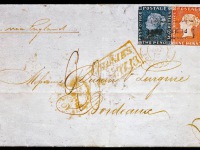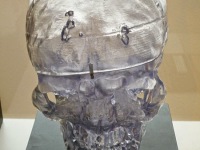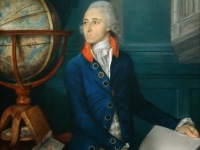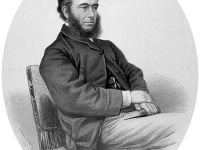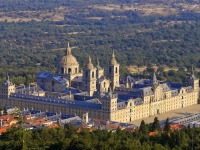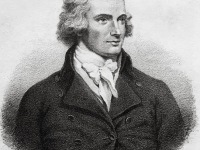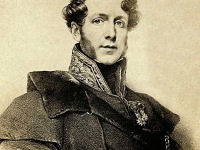The Rarest in the World – The Blue Mauritius
On September 21, 1847, the famous Mauritius “Post Office” stamps were issued by the British Colony Mauritius. They are among the rarest postage stamps in the world and a letter with both stamps on its cover is estimated to be worth more than 4 Million US$. Mauritius Postal Service The first official postal service on Mauritius existed already in 1772. Since 1810 the island was a British colony, before that it was…
Read more

